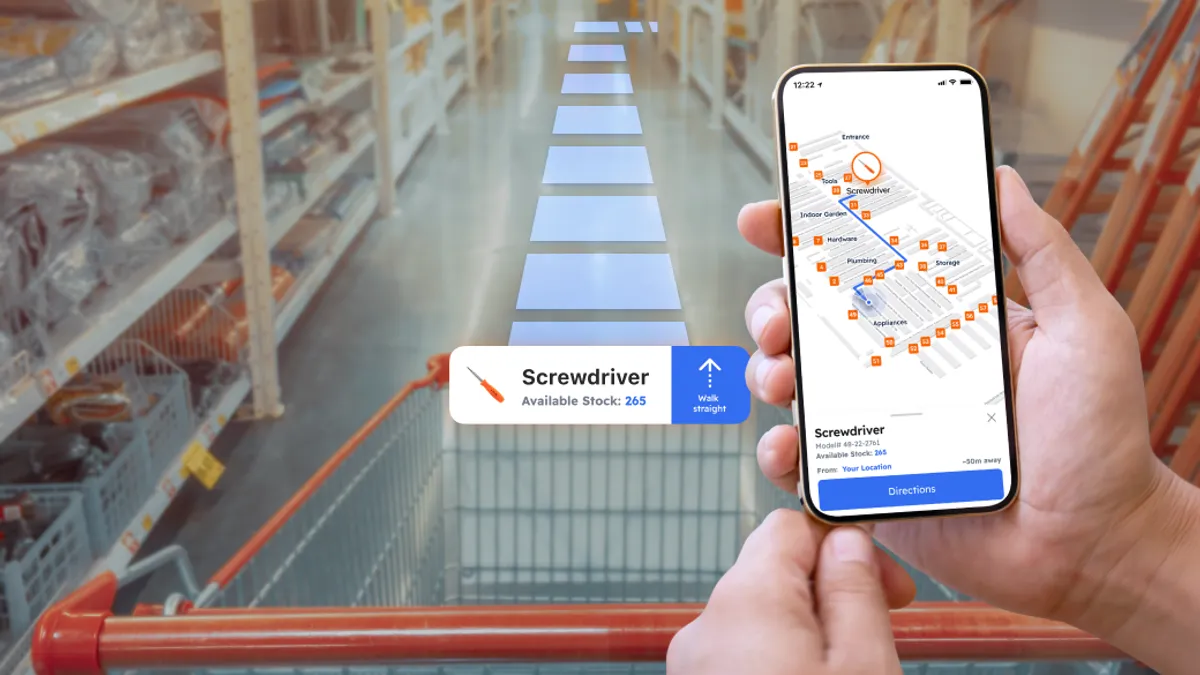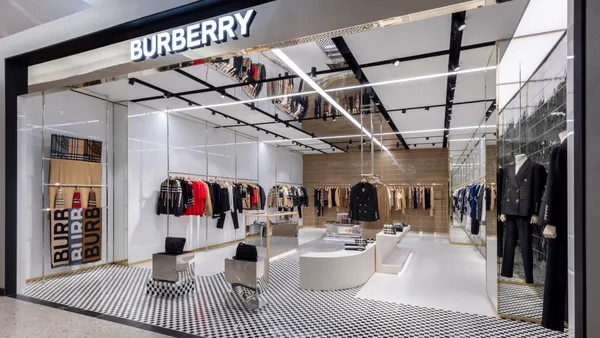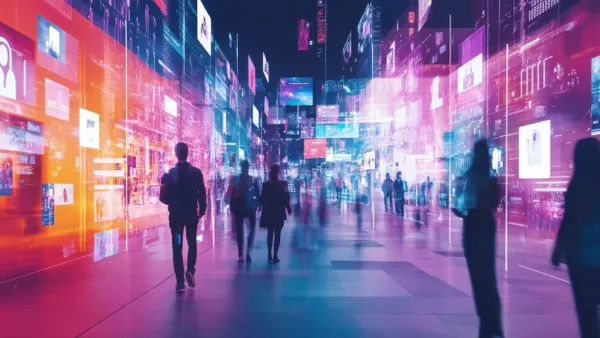We’ve all been hearing for some time about the “digital transformation” of retail stores. And to be sure, progress has been made: in supply chain management, sales data analytics, omnichannel experiences, and more. But what next?
The potential for brick-and-mortar digital transformation is inherently limited without two essential pieces of the data puzzle: digital maps with store layouts and product information; and the indoor location of customers within the store. Consider the multitude of services and capabilities that have been made possible over the last two decades by GPS and outdoor maps. A comparable leap forward is achievable with indoor location technology. Adding digital maps and real-time location to your digital arsenal unlocks a new frontier of possibilities for retailers, enabling better customer experiences and greater store profits.
The challenge is that the technologies that underpin maps and location for outdoor spaces — chiefly satellite imagery and GPS — don’t work indoors. Pointr’s mission is to meet this challenge by providing a powerful technology platform for retailers and other indoor spaces. The twin foundations of our solution are:
-
Software that generates user-friendly maps from CAD files. Our breakthrough is an AI model that scales map creation to hundreds or even thousands of locations, eliminating the painstaking manual process that was previously necessary. Our content management system with its flexible API makes it easy to import data and keep maps current.
-
Patented technology that accurately pinpoints indoor shopper location using a combination of smartphone sensors and fixed-point Bluetooth signals. Many retail spaces have existing Bluetooth infrastructure, such as WiFi access points and smart lighting, that Pointr leverages. We install efficient BLE beacons to augment this footprint as needed.
Industry-leading retailers are using Pointr’s technology platform to help them achieve the full promise of digital transformation. This includes the world’s largest deployment of indoor maps: 2,500 stores and 350 million square feet of retail space. The applications and impact are wide-ranging:
Customer-Facing Benefits
- Product Search
The most obvious use case for indoor maps and navigation is product discovery. By providing digital maps and a user’s “blue dot” location on smartphones, retailers can make shopping easier and quicker. It also increases basket size: research by the Nielsen Norman Group found that 20% of purchase failures are linked to a lack of information.
-
Geofencing
By defining digital fences inside their stores, retailers can deliver location-specific messages and promotions to customers when they’re engaged and ready to act.
- Supercharged Omnichannel
Pointr makes it possible to follow and respond to customer journeys more closely than ever before. Suppose a shopper searches for men’s shirts and walks to the relevant department, but doesn’t make a corresponding purchase. As with abandoned digital shopping carts, the retailer can follow up later via email or the store app to try to stimulate purchase, for example, by highlighting the broader selection available through their online store.
-
Digital Merchandising Platform
You might think that digital maps are only useful for big box stores. But Pointr is also working with smaller format stores, for which maps enable a merchandising platform on shoppers’ phones. This can be used to promote new arrivals, showcase key brands, and provide personalized recommendations based on purchase history.
Internal Benefits
- Order Fulfillment
Leading businesses like Wal-Mart and Dick’s Sporting Goods fulfill up to 70% or online orders from their physical stores. By integrating Pointr into its store associate app, one customer reduced average order fulfillment time by 5%, with a projected annual savings of $1.5M.
-
Never-Before Analytics
By following shoppers’ movements inside your store, indoor location services provide new insights into shopper behavior that can inform store layout decisions, merchandising choices, and much more.
Pointr’s flexible platform allows can be implemented in two ways:
-
Integrate into your customer or store app. By doing so, you can connect maps and location with other digital assets such as inventory and purchase history. Sophisticated retailers have created a Store Mode for their apps, providing maps and location when shoppers are at retail stores. The resulting customer experience is powerful and engaging. At The Home Depot, customers have used Store Mode 13 million times in the past year, facilitating over $1B in purchases. And according to the CFI Group, Store Mode results in up to 5x more interactions than apps without this feature.
-
No-install access through a QR code or URL, with no software install. In this way, every shopper can access in-store maps and navigation. You can also customize the experience with a persistent banner that drives downloads of your store app.
To learn more about how Pointr can help you make a leap forward in digital transformation, talk to one of our retail experts today.










